A Well Thought Out Scream by James Riordan: Gun Killings Drop 40% After Connecticut Law
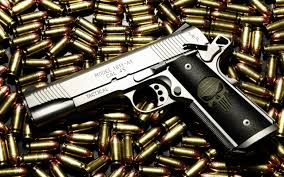
In the early 90s the state of Connecticut was overwhelmed by gang shootings. Scores of innocent bystanders, including a 7-year-old girl, were getting gunned down in drive-bys. An editorial in the Hartford Courant said at the time: “The state is becoming a shooting gallery, and the public wants action,” In the summer of 1994, state lawmakers rushed a new gun control bill through in a special session. They hoped that requiring people to get a purchasing license before buying a handgun would curb shootings. The state would issue these permits only to people who passed a background check and a gun safety training course. Before that, private citizens could freely buy and sell guns secondhand, even to those with criminal records. Connecticut’s law sought to regulate that market. Even private handgun sales would have to be reported to the state, and buyers would need to have a permit.
Critics of the plan argued that a permit system would hassle lawful citizens, while crooks would still get guns on the black market. If the problem was criminals with guns, why not clean up crime instead of restricting guns? “This will not take one gun out of the hands of a single criminal,” State Rep. Richard Belden complained to the New York Times in 1994. Even some supporters of the law, which took effect in 1995, called it a “small step” — a gesture to placate residents alarmed at the gun violence.
Now, two decades later, researchers at Johns Hopkins University and the University of California, Berkeley, are calling Connecticut’s “permit-to-purchase” law a huge success. In a recently released study in the American Journal of Public Health, it is estimated that the law reduced gun homicides by 40 percent between 1996 and 2005. That adds up to 296 lives saved in 10 years.
While there’s no way to actually measure the true impact of the Connecticut’s “permit-to-purchase” law, we can compare Connecticut to the 39 states that didn’t have similar legislation at the time. This is what the researchers did, using records on gun killings from the Centers for Disease Control and Prevention.
In the other states, homicide rates also fell in the mid ’90s, a statistic which many law enforcement agencies attribute to the settling of the crack cocaine wars — the turf disputes that began in the 1990s were largely concluded by then with half of the major perpetrators dead or in jail and the other half running the show. But in Connecticut, the gun homicide rate fell faster and farther, even after accounting for demographic changes, incomes and policing levels. This is a sign that the state’s gun policy was having an effect.
To arrive at a more precise estimate, the researchers tried to predict what Connecti-cut would have looked like without its “permit-to-purchase” law. Taking data from statistically similar states, they made a “synthetic” Connecticut — using mostly Rhode Island, with some Maryland, and traces of California, Nevada and New Hampshire.
Synthetic Connecticut and real Connecticut look the same before 1996. But they diverge soon after Connecticut’s law kicks in. In the end, there is a 40 percent gap between synthetic Connecticut and real Connecticut — between the expected number of gun-related homicides and the actual number of gun-related homicides.
The researchers credit 296 lives to the protective effect of Connecticut’s permit-to-purchase law. In further support of the law, the peculiar decline in Connecticut’s gun homicide rate wasn’t a side effect of an overall decrease in murders after 1996 and Connecticut’s law did not seem to have any effect on non-gun homicides. The impact of this data may be considerable because it was carefully measured and is some of the first hard data to be collected in the gun control issue.



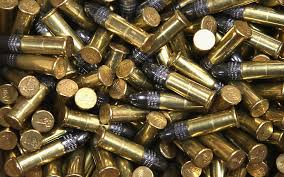
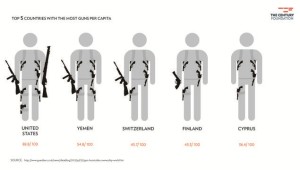
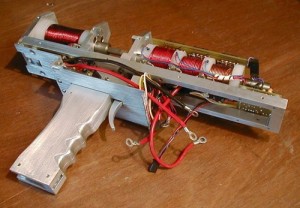
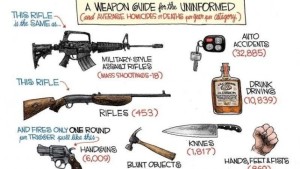




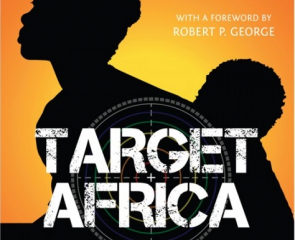

No Comment